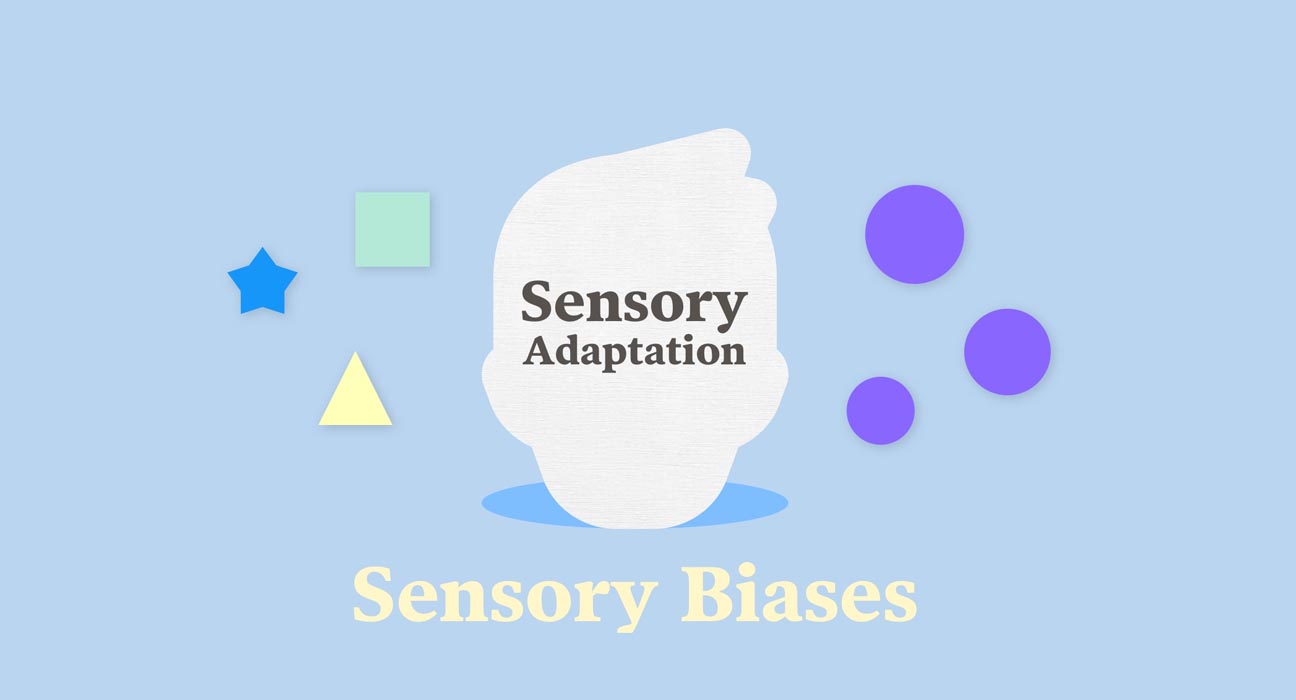In MARKETING, Sensory adaptation is a phenomenon that occurs when consumers get exposed to one ad for a long period that the ad no longer provides sensory input to be noted.
What is Sensory Adaptation?
Sensory adaptation is a reduction in sensitivity to a stimulus after constant exposure to it. While sensory adaptation reduces our awareness of a stimulus, it helps free up our attention and resources to attend to other stimuli in our environment.
All five senses can experience sensory adaptation. Our senses are constantly adjusting to what’s around us, as well as to us individually and what we are experiencing, such as aging or disease. It is important to note that sensory adaptation does not occur with pain perception.
Causes of Sensory Adaptation
It is also known as neural adaptation, which occurs due to changes in the neural receptor cells that receive and process sensory information.
Research suggests that sensory adaptation occurs in multiple stages of perceptual processing.
This change can occur slowly or quickly. Fast adaptation happens very quickly, in the span of milliseconds. Slow sensory adaptation can occur over minutes, hours, or even days.
Some evidence suggests that repeated exposure to stimuli may allow people to “learn” how to adapt faster to the change.
It serves an important function by helping people tune out distractions and focus on the most relevant or important stimuli around them. Imagine what it would be like if you didn’t experience sensory adaptation.
You might find yourself overwhelmed by the pungent smell of onions coming from the kitchen or the blare of the television in the living room.
Since constant exposure to a sensory stimulus reduces our sensitivity, we can shift our attention to other things in our environment rather than focusing on one overwhelming stimulus.
Examples of Sensory Adaptation
Here are some more examples that happen in real life and affect different senses.
Scent:
Smokers are not bothered by the smell of tobacco smoke the way nonsmokers are, because smokers are accustomed to the odor. Their sensory receptors respond less to the stimuli (the smell of smoke) because they experience it often.
Sight:
When you go into a dark room or outside at night, your eyes eventually adjust to the darkness because your pupils enlarge to let in more light. Likewise, when you are in bright light, your eyes adjust to the narrowing of your pupils. This is another form of neural adaptation.
Touch:
When you jump into a cold swimming pool or first get into a hot tub, the water may feel unpleasantly cold or much too hot, but eventually, your body adjusts to the temperature, and it feels only mildly cool or perfectly pleasant and even, eventually, too cold or too warm.
Taste:
With the first bite of a very flavorful dish, you’ll notice the strong saltiness, sourness, or sweetness of the food. But after a few mouthfuls, your taste buds will adapt, and the flavor will not be as pronounced.
Hearing:
A classic example is city dwellers who can tune out traffic and other urban sounds. Their sleep isn’t disturbed by the sounds outside their windows, because they have adapted to the noise.
Why Sensory Adaptation is a problem for Marketers?
Sensory adaptation can be described as a problem that develops disinterest in the mind of the consumer against any particular advertisement.
Therefore, consumer avoids watching that advertisement because it stops them to give sensory.
It is a phenomenon that occurs when consumers get exposed to one ad for a long period that the ad no longer provides sensory input to be noted.
Therefore, it causes a head-ace to marketers in developing new ads and campaigns, because if they don’t then consumers will get too adapted to the current ads and campaigns that they will no longer see them.
How marketers can overcome the problem of Sensory Adaptation
some of the ways marketers apply to overcome the problem and increase sensory inputs are:
(1) experiential marketing, that is, providing consumers the chance to try the product.
(2) sophisticated inserts and pop-ups, for instance, a small sample of perfume or shampoo inside a magazine.
(3) ambush advertising, that is, placing ads in places where consumers can not avoid them.





